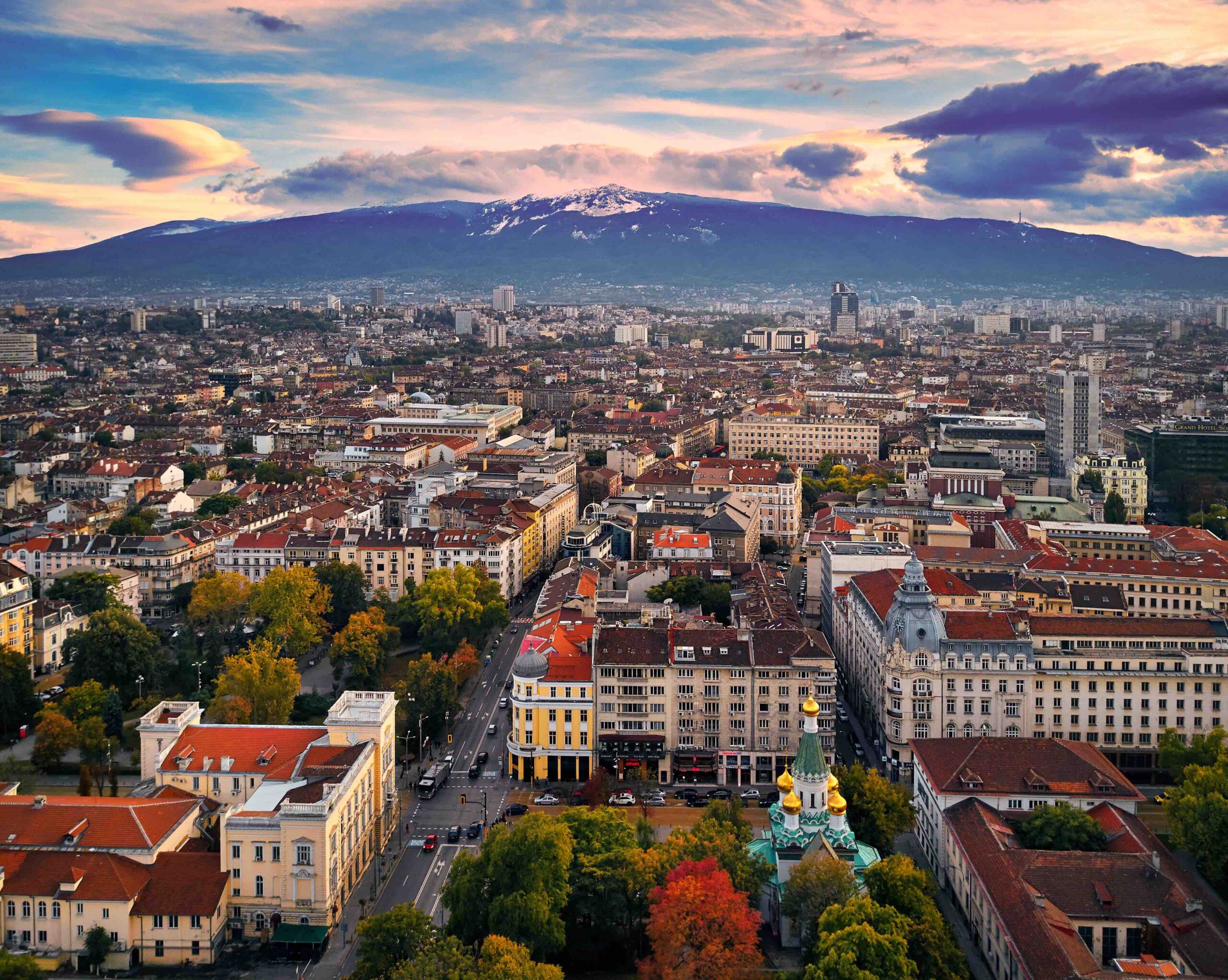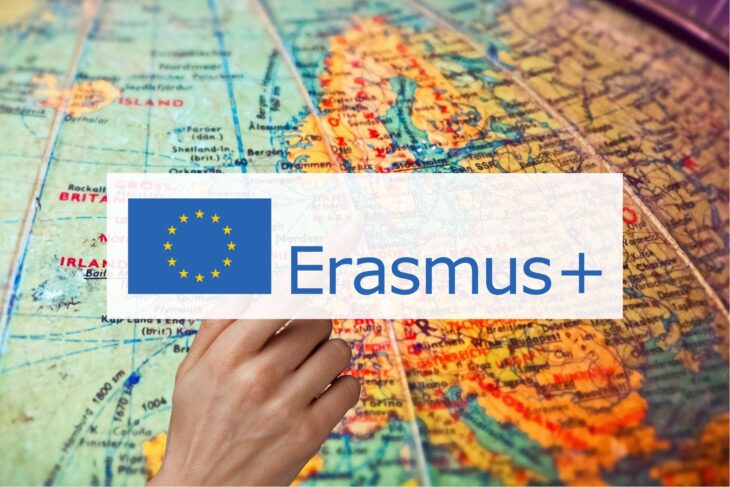With Mount Vitosha in the background to protect it almost like a father with a daughter does, here we have Sofia, the capital of Bulgaria and a dynamic and open European metropolis which today has more than 1,200,000 inhabitants. Sofia is in fact located in a completely unusual and characteristic position at the foot of the Vitosha mountain, 23 kilometers long and visible from all areas of the city, which reaches the maximum peak of Cherni Vrah at 2290 meters together with the other mountains that are part of the Vitosha Natural Park, the oldest natural park in the Balkans.
With a fascinating and particular history, Sofia has been the capital of Bulgaria since 1879, after the Ottoman kingdom fell by the Russians in 1878 following two years of Russo-Turkish war and after almost 500 years of domination made up of oppression and economic exploitation: March 3, 1878 was a historic date for the Bulgarian people, as it was the day of the signing of the St. Stephen’s Peace Treaty between Russia and the Ottoman Empire.
It all started with many groups of young people who believed in the value of freedom and the fatherland who rose up against that dominance, giving way to a powerful revolutionary movement which later resulted in the Russian-Turkish war of liberation.
One of these brave and young people was Vasil Levski, who later became a national hero, ideologue and main organizer of the Bulgarian national revolution, to whom the national stadium of Bulgaria built in 1953, the largest stadium in the country based in Sofia, is also named.
Even today, March 3 is a very important and heartfelt day for the Bulgarians, because it celebrates the anniversary of the liberation with official ceremonies and military demonstrations throughout the territory, to adorn the monuments and churches dedicated to the fallen with garlands of flowers. of war, to listen to the speech of the President of Bulgaria.
Affirming its identity, recovering its culture and traditions, rebuilding the foundations of a people for too long oppressed and oppressed were the main objectives of the post-liberation period for the Bulgarian nation, which managed to transform a terrible event like a war in a process of liberation that bequeathed everyone a precious heritage of freedom and peace.
Sofia, with over one million inhabitants and divided into 24 districts, is not only the largest city in Bulgaria, but also the largest and most densely populated, as well as an important administrative, cultural and industrial center in the country.
With a particular charm, different from that of other eastern capitals such as Prague and Budapest and closely linked to the history that its monuments tell to those who want to know and visit them, Sofia is also the fifth highest European capital in Europe with its 550 meters high.
Spending time in Sofia above all to carry out training activities such as internships or professional visits, is truly a great opportunity to discover a modern, open and dynamic metropolis, to learn about new and different traditions and lifestyles, to get involved in a city so particular also for its alphabet, the Cyrillic: all this can be possible thanks to ETN Business Lab, our agency based in Sofia, specialized in the management and implementation of projects and training activities, such as Erasmus+, for students and teachers from all over Europe.
Written by Anna Carla Ronchi



















